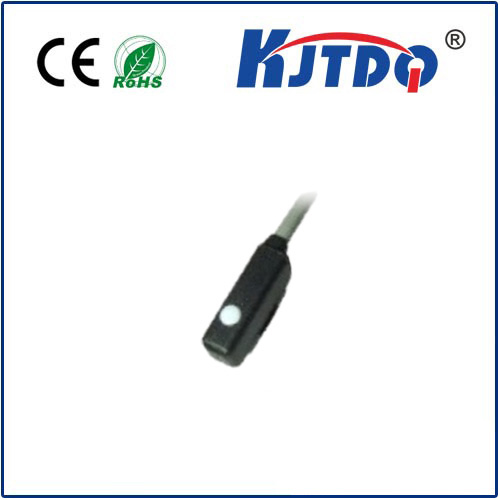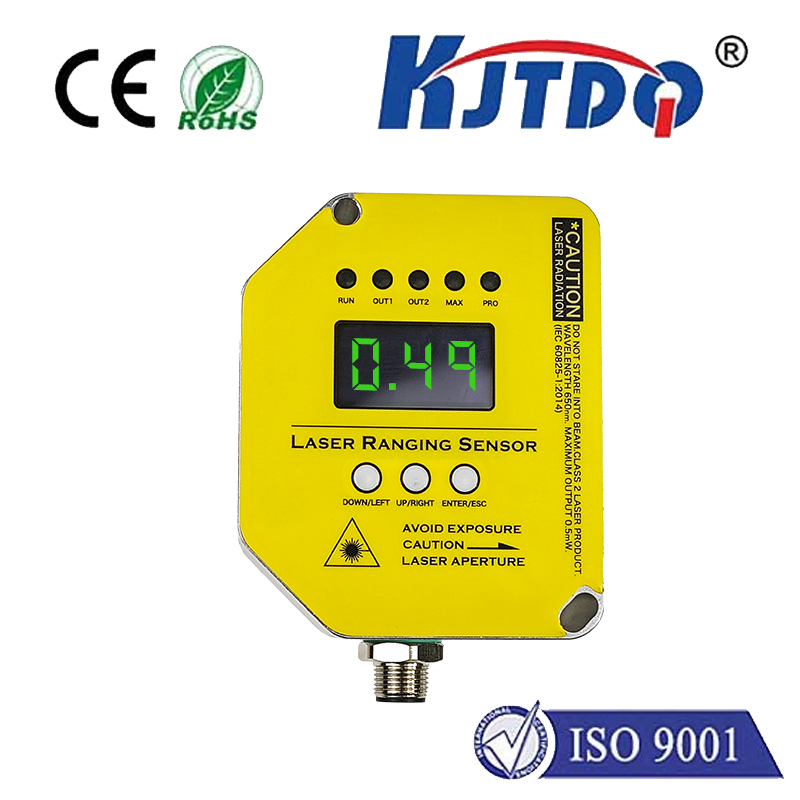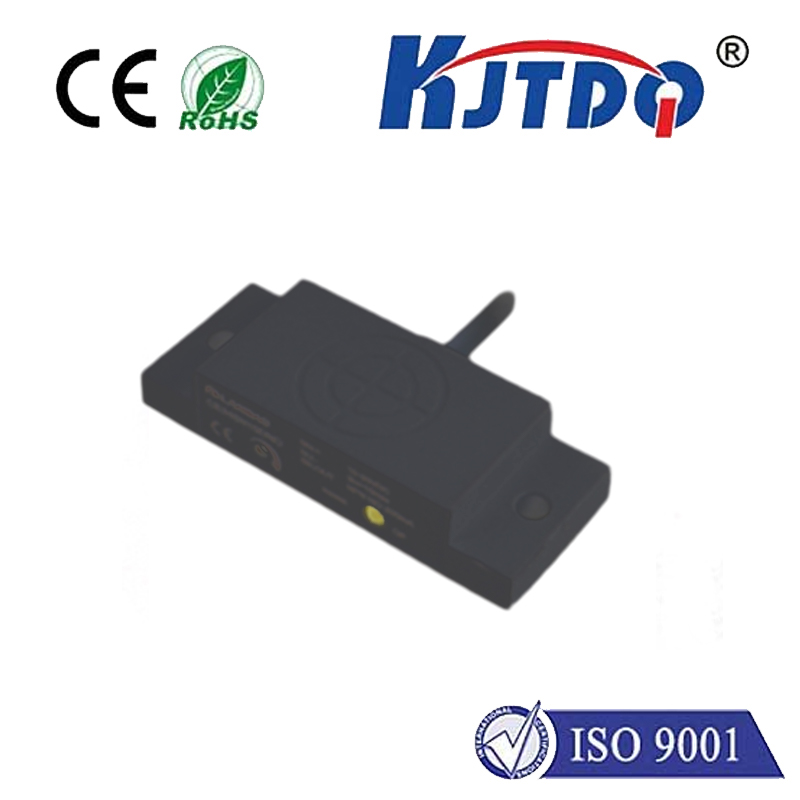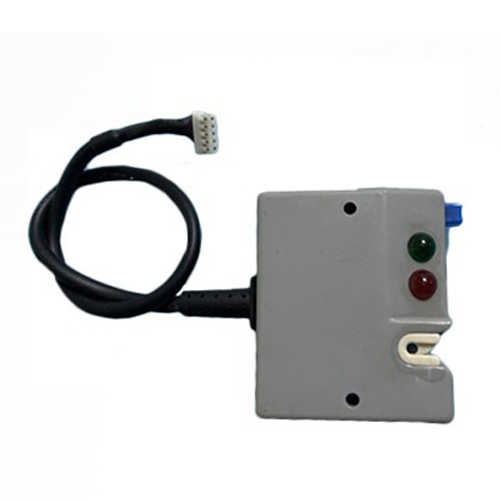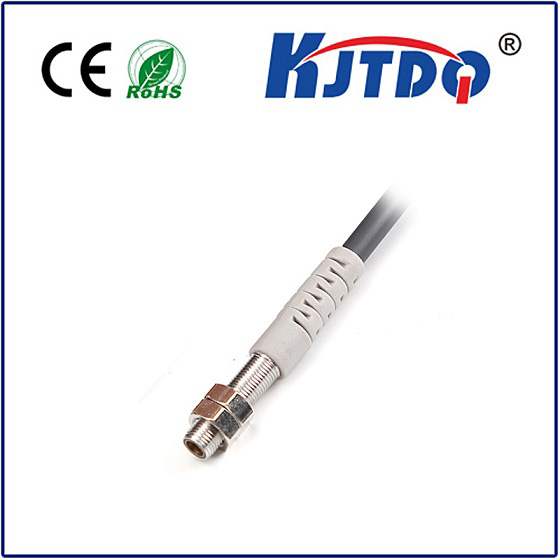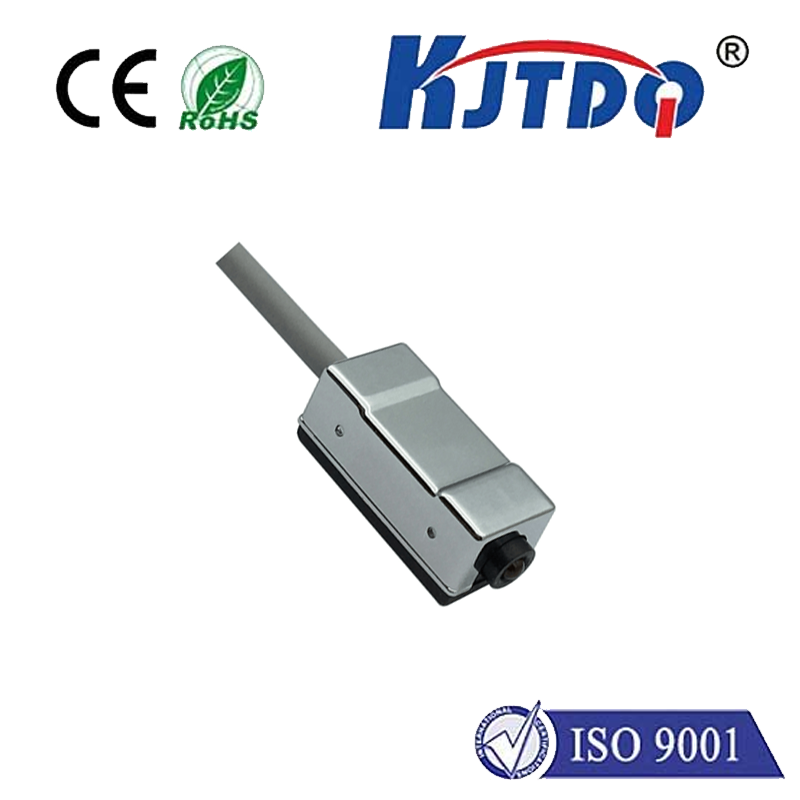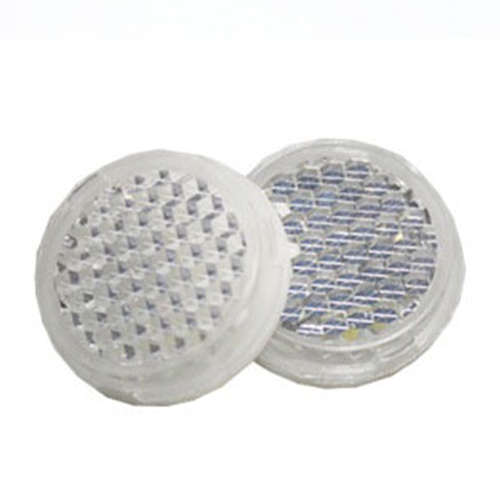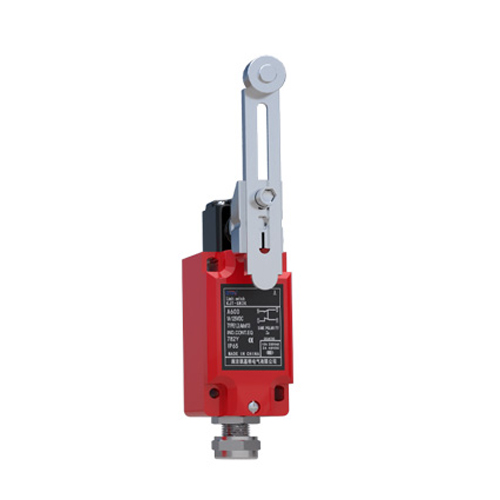photoelectric reflective sensor
- time:2025-07-25 03:19:06
- Click:0
Photoelectric Reflective Sensors: The Invisible Guardians of Automation
Imagine a world where machines seamlessly interact with their environment, detecting objects without touch, counting items at lightning speed, or ensuring perfect positioning – all silently, reliably. This is the world powered significantly by photoelectric reflective sensors, unsung heroes enabling precision and efficiency across countless industries. Unlike complex vision systems, these compact devices offer an elegant solution for object detection, leveraging the fundamental interaction between light and matter to deliver robust performance often taken for granted.
Unpacking the Core Principle: Light’s Simple Journey
At its heart, a photoelectric reflective sensor operates on a beautifully simple concept:
- An Emitter: Typically an Infrared Emitting Diode (IRED), it generates a beam of light, usually in the invisible infrared spectrum for reliability (less environmental interference).
- A Receiver: Usually a phototransistor or photodiode, positioned right next to the emitter within the same housing. Its sole job is to detect light.
- A Target: The object you want to sense.
- The Magic of Reflection: The emitter projects light towards the target area. If an object is present within the sensor’s effective range, this light beam reflects off the object’s surface.
- Detection: Some of this reflected light travels back towards the sensor and is captured by the receiver.
- Signal Output: The receiver converts the detected light intensity into an electrical signal. This signal switches the sensor’s output state (e.g., from OFF to ON, or vice-versa) indicating the object’s presence or absence.
This all-in-one design, where the emitter and receiver share a single housing, is what defines the reflective sensor type and is a major factor in its widespread adoption. There’s no need for complex alignment or installing separate emitter and receiver units on opposite sides – a significant advantage over through-beam sensors in many applications.
Where the Light Shines: Ubiquitous Applications

The efficiency, reliability, and compact size of photoelectric reflective sensors make them indispensable in diverse fields:
- Industrial Automation: The powerhouse application. They detect product presence on conveyor belts, verify part positioning in machinery, count bottles or cans in packaging lines, confirm gate or door closure in safety systems, and monitor fill levels (especially for opaque containers). Their speed is crucial for high-throughput environments.
- Robotics & AGVs: Robots rely on these sensors for non-contact object detection to avoid collisions (bumpers often contain them) and for proximity sensing during manipulation tasks. Autonomous Guided Vehicles (AGVs) use them for navigation, detecting landmarks or obstacles near the ground.
- Consumer Electronics: Found in printers to detect paper presence/jams, copiers to sense original documents, vending machines to confirm product dispensing, and appliances like dishwashers for door closure verification.
- Security Systems: Used in access control panels to detect inserted cards or tokens.
- Building Automation: Employed in automatic doors to detect approaching people without physical contact (safer and more hygienic).
- Food & Beverage Processing: Detect labels, caps, or product presence on fast-moving production lines, often in challenging wet or dusty conditions (specific IP-rated models exist).
The Compelling Advantages: Why Choose Reflective?
Choosing a reflective photoelectric sensor offers distinct benefits:
- Simplified Installation & Alignment: The single-housing design eliminates the time-consuming and error-prone task of precisely aligning separate emitter and receiver units across potentially difficult spaces. Plug and play becomes a reality.
- Cost-Effectiveness: Requiring only one physical unit and one mounting point inherently makes them more economical than through-beam solutions, both in terms of purchase price and installation labor.
- Compact Size: Their integrated nature allows for a much smaller footprint, ideal for applications with tight space constraints inside machinery or equipment.
- Reliability in Certain Conditions: While susceptible to target surface reflectivity (see limitations below), they are generally robust against ambient light fluctuations compared to some other types when properly configured. Models with modulated light (pulsed IR) offer excellent immunity to interference.
- Versatility: Available in a wide range of sensing distances (from a few millimeters up to several meters), housing styles (cylindrical, rectangular, block), output types (NPN, PNP, analog), and connection types (cable, connector).
Understanding the Nuances: Range and Color/Finish
While powerful, photoelectric reflective sensors have inherent considerations:
- Sensing Range: The maximum reliable detection distance is limited by the strength of the emitted beam and the sensitivity of the receiver. Critical Specification: Always consult the sensor’s datasheet for its rated sensing distance.
- Target Reflectivity: This is the most significant factor affecting performance. Bright, shiny objects reflect light extremely well, making them easy to detect at longer ranges. Dark, matte, or black surfaces absorb much more light, drastically reducing the amount of reflected signal reaching the receiver. This can shorten the effective sensing distance significantly or even prevent detection altogether for very dark targets at range. Some sensors offer background suppression technology to help mitigate this for specific applications, but target color/finish remains a primary design consideration.
Key Specifications: Choosing the Right Tool
Selecting the optimal sensor involves matching its specs to your application:
- Sensing Distance: How far away is the target? Choose a sensor rated for at least your maximum required distance, with margin. Remember reflectivity impact.
- Output Type: Does your control system require a simple switch (Digital - NPN/PNP transistor) or a variable signal (Analog) based on distance/reflectivity?
- Response Time: How quickly must the sensor react? Crucial for high-speed counting or sorting.
- Light Source: Infrared (IR) is most common. Red light (visible) options exist for easier alignment but are more susceptible to ambient light interference.
- Operating Voltage: Match to your system’s power supply (e.g., 10-30V DC).
- Environmental Ratings (IP Rating): Consider dust, moisture, washdown requirements (e.g., IP67 for harsh environments).
- Housing/Form Factor: Size, shape, and mounting style must fit the mechanical constraints.
Beyond the Basics: Variations on a Theme
While the standard diffuse reflective sensor is the workhorse, variations cater to specific needs:
- Polarized Retroreflective: Use a special reflector and polarized filters to reliably detect shiny objects (like glass or metal) that might confuse standard diffuse sensors by acting like mirrors.
- Background Suppression (BGS): Uses triangulation either mechanically or electronically to focus detection within a specific distance range, ignoring objects beyond that range (the background). Helpful for sensing objects on a conveyor belt while ignoring the belt itself or objects further away.
- Foreground Suppression (FGS): The opposite of BGS, ignoring very close objects and focusing on those further away.
Conclusion
From the humming factory floor to the quiet efficiency of your office printer, photoelectric reflective sensors perform millions of detection tasks every second. Their ingenious simplicity – converting the presence or absence of reflected light into a clear electrical signal – provides a cornerstone technology for modern automation. Understanding their principles, advantages, limitations, and key specifications empowers engineers and designers to implement these versatile components effectively. When you need reliable, non-contact object detection without the complexity and cost of separate emitter/receiver alignment, the photoelectric reflective sensor remains an often-overlooked yet profoundly impactful solution.






